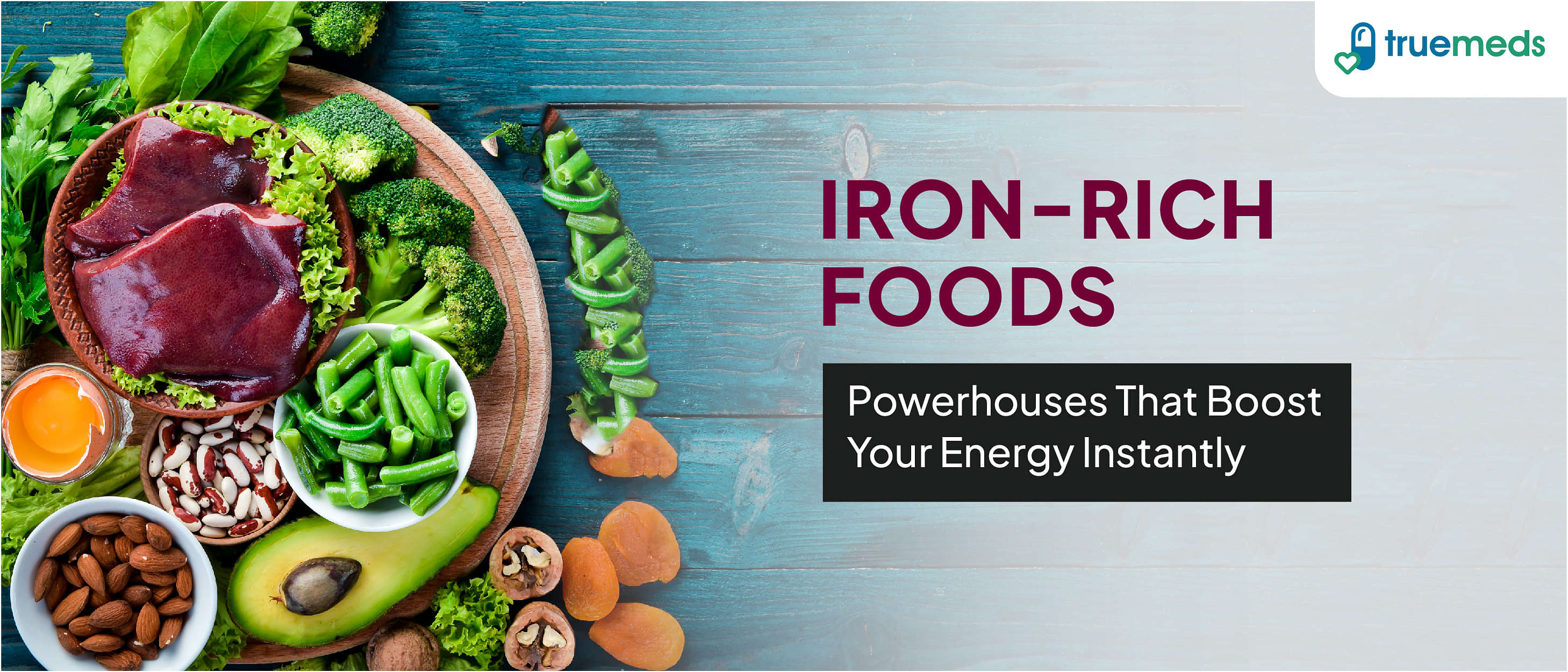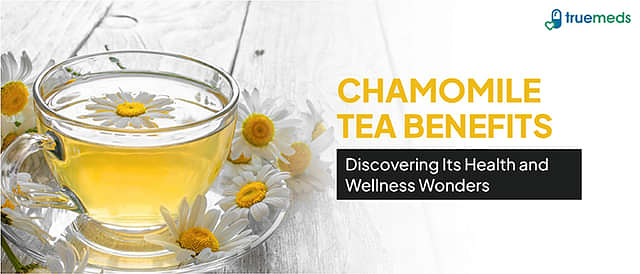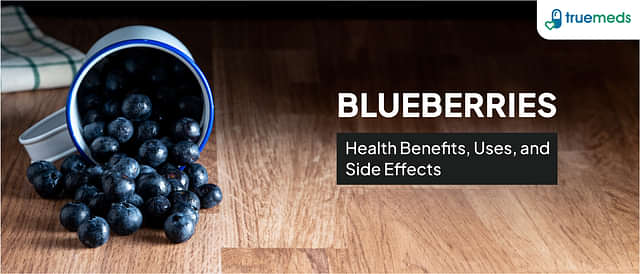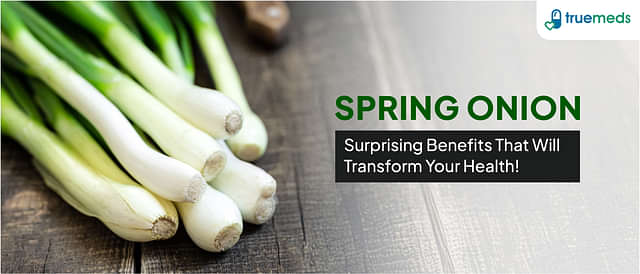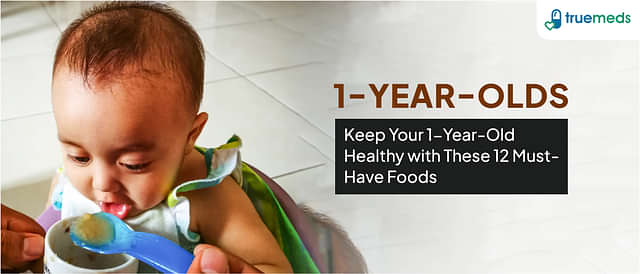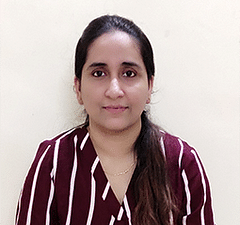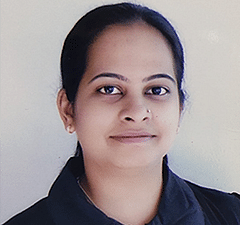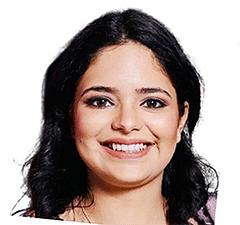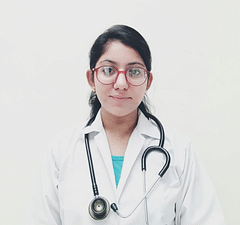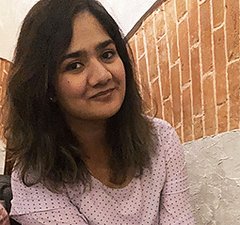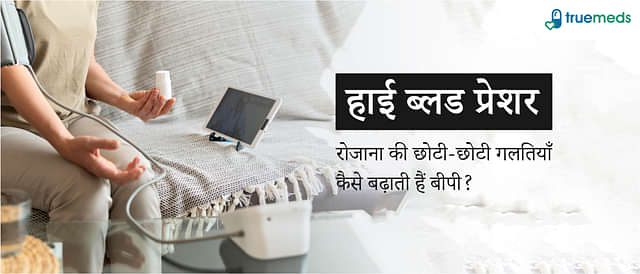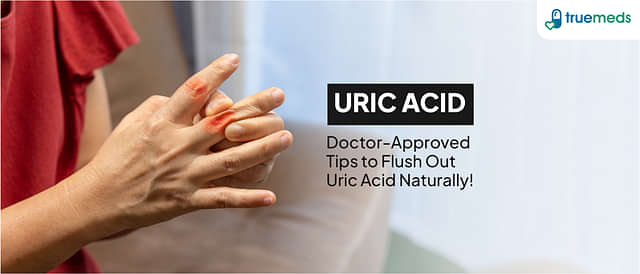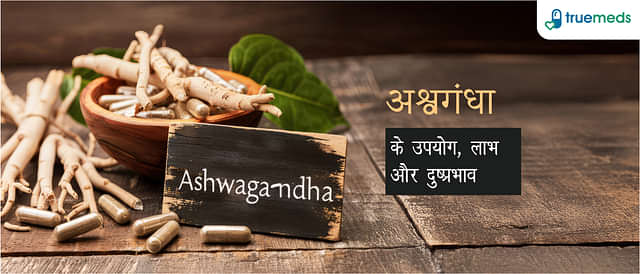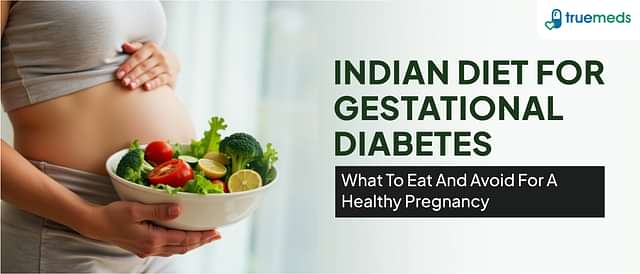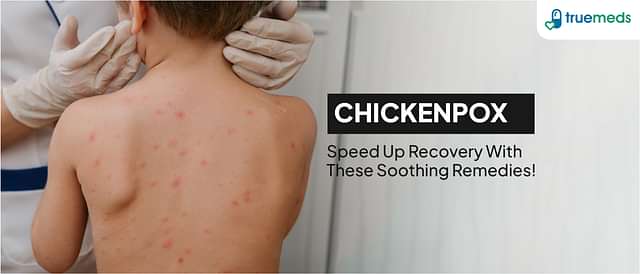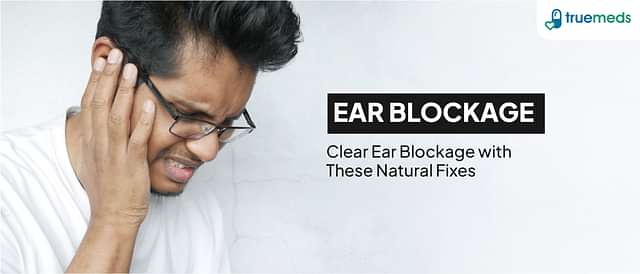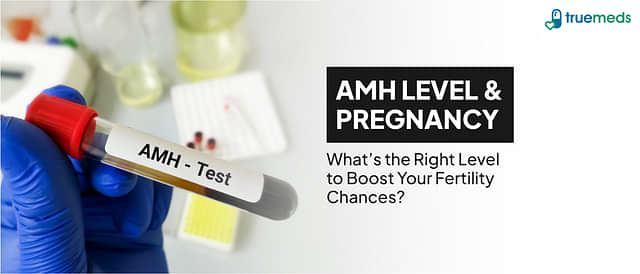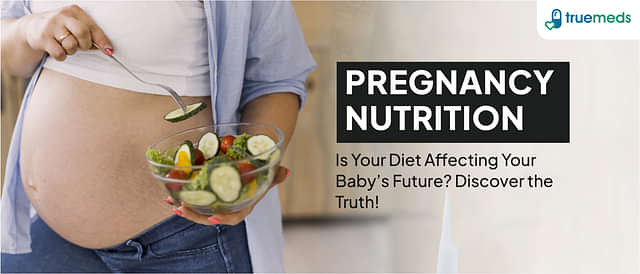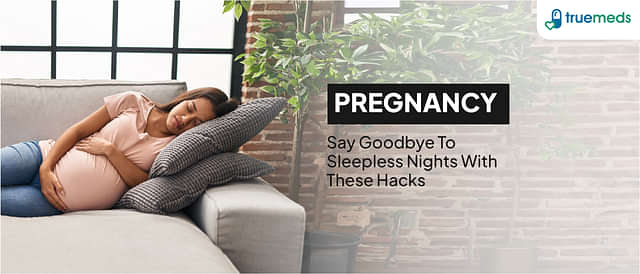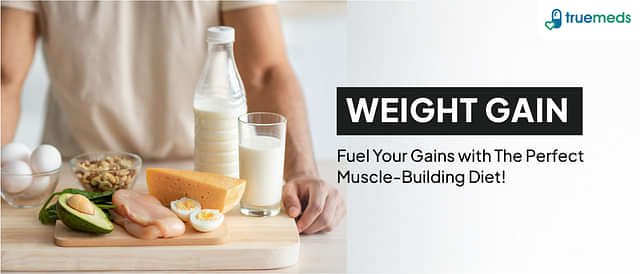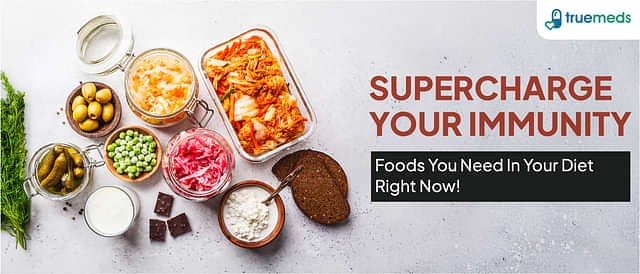Iron-Rich Foods: Best Sources to Boost Your Iron Levels
Last updated on : 01 Dec, 2025
Read time : 9 min
Iron is a vital mineral that plays a key role in transporting oxygen through the blood, supporting energy levels, brain function, and immune health. Low iron may contribute to fatigue, dizziness, or anaemia in some cases. The good news? You can prevent iron deficiency by eating iron-rich foods daily.
In this blog, we’ll explore the top animal- and plant-based sources of iron, how to enhance absorption, and tips to meet your daily iron needs.
What is Iron and Why is it Important?
Iron is essential for haemoglobin production—the protein in red blood cells that transports oxygen from the lungs to the rest of the body [1]. It also supports the immune system and the functioning of certain hormones. Maintaining adequate iron levels may help reduce the risk of iron deficiency anaemia, which can cause symptoms such as tiredness, headaches, and shortness of breath [2].
Types of Iron in Food: Haem vs. Non-Haem
There are two main types of iron found in food:
- Haem Iron: Found in animal-based foods such as red meats, poultry, seafood, and organ meats. The body generally absorbs this type of iron more easily [1].
- Non-Haem Iron: Found in plant-based foods like beans, lentils, spinach, and fortified cereals. This type is less readily absorbed by the body but its absorption can be significantly enhanced when consumed with vitamin C-rich foods [3].
Iron Rich Foods
Incorporating a variety of iron-rich foods into your diet is essential for maintaining optimal iron levels in your body. While animal sources offer haem iron (higher absorption), plant-based sources provide non-haem iron and other vital nutrients like fibre and antioxidants. A balanced mix of both sources supports overall nutritional health.
Let’s explore the top iron-rich foods from both animal and plant-based sources.
A. Top Iron-Rich Foods: Animal Sources (Haem Iron)
Animal sources, particularly red meat and organ meats, are excellent sources of haem iron, which is more easily absorbed by the body than non-haem iron [1].
| Meat and Eggs | Iron Content (mg per 100 g) |
| Liver (Beef) | 8.8 |
| Dried beef | 4.5 |
| Liverwurst | 4.5 |
| Beef | 2.7 |
| Lamb | 1.7 |
| Eggs (any style) | 1.2 |
| Seafood | Iron Content (mg per 100 g) |
| Clams | 28.0 |
| Oysters | 5.7 |
| Sardines | 2.9 |
| Shrimp | 1.7 |
| Tuna | 1.0 |
Note: These iron values are representative averages and can vary based on preparation and specific product. All figures for meat and seafood are based on data from the USDA FoodData Central database [4].
B. Top Iron-Rich Foods: Plant Based (Non-Haem Iron)
While non-haem iron is less readily absorbed by the body compared to haem iron, consuming a variety of plant-based iron sources, especially in combination with vitamin C-rich foods, can significantly contribute to meeting your daily iron requirements.
| Vegetables and Legumes | Iron Content (mg per 100 g) |
| Dried beans | 6.7 |
| Tofu | 5.4 |
| Lentils | 3.3 |
| Dandelion greens | 3.1 |
| Spinach | 2.7 |
| Beans (kidney, garbanzo, or white, canned) | 2.6 |
| Fruit and Juices | Iron Content (mg per 100 g) |
| Dried peaches | 3.1 |
| Prune juice | 3.0 |
| Dried apricots | 2.7 |
| Raisins | 1.9 |
Note: These iron values are representative averages and can vary. All figures for plant-based foods and fruits are based on data from the USDA FoodData Central database [4].
C. Iron-Rich Grains and Cereals
Many grains and cereals are fortified with iron, making them an accessible source, particularly for non-haem iron.
| Grains and Cereals | Iron Content (mg per 100 g) |
| Bran cereals | 10.0 |
| Cream of Wheat | 8.1 |
| Oat cereal | 4.5 |
| White bread (enriched) | 3.6 |
| Whole wheat bread | 2.7 |
How Much Iron Do You Need? (Recommended Dietary Allowance)
The recommended daily intake (RDI) of iron varies according to age, sex, and physiological status (e.g., pregnancy) [5].
| Population Group | Recommended Dietary Allowance (RDA) |
| Children (7 months-13 years) | 7-11 mg/day |
| Teenagers (14-18 years, Male) | 11 mg/day |
| Teenagers (14-18 years, Female) | 15 mg/day |
| Adults (19-50 years, Male) | 8 mg/day |
| Adults (19-50 years, Female) | 18 mg/day |
| Pregnant women (All ages) | 27 mg/day |
| Breastfeeding women (All ages) | 9-10 mg/day |
| Older adults (51+ years, All genders) | 8 mg/day |
Women who menstruate (19-50 years) require a higher intake of 18 mg/day to compensate for monthly iron losses. Pregnant women need the highest amount (27 mg/day) due to increased blood volume and foetal demands [5].
Enhancing Iron Absorption: Food Pairings and Tips
To maximise non-haem iron absorption from your diet, consider the following evidence-based tips:
- Pair with Vitamin C: Consume non-haem iron-rich foods (beans, spinach) with sources of vitamin C (ascorbic acid) like citrus fruits (oranges, lemon), tomatoes, broccoli, and bell peppers. Vitamin C is a potent enhancer of non-haem iron absorption [3].
- The “Meat Factor” Effect: Combine a small amount of haem iron (meat, fish, poultry) with non-haem iron (plant-based sources). The compounds in meat significantly increase non-haem iron absorption [1].
- Timing is Key for Inhibitors: Avoid consuming coffee, tea, and milk with iron-rich meals. These contain compounds (tannins, phytates, calcium) that can hinder absorption. Instead, enjoy these beverages between meals [3].
Example: An iron-absorption-friendly meal is wholemeal toast with baked beans in tomato sauce, followed by citrus fruit.
Potential Risks of Excess Iron
While iron deficiency is common, it is important to maintain a balanced intake. Excessive iron intake, particularly from supplements, can be harmful and may lead to symptoms like constipation, nausea, vomiting, or, in severe cases, iron overload disorders [5].
The Tolerable Upper Intake Level (UL) for iron for adults is 45 mg/day [5]. Iron from food sources is generally well-regulated by the body, so the risk of overconsumption is low. However, you should only take iron supplements under the guidance of a healthcare professional who has confirmed a deficiency via blood tests.
Iron Deficiency: Symptoms and Solutions
Iron deficiency develops in stages, with iron deficiency anaemia being the most severe.
Common Symptoms: Persistent fatigue, weakness, pale skin, shortness of breath, headache, dizziness, and brittle nails [2].
Solutions:
- Dietary Modification: Focus on consistently incorporating the iron-rich and absorption-enhancing foods discussed above.
- Supplementation: If diagnosed with anaemia, a doctor may prescribe an iron supplement (e.g., ferrous sulfate) to quickly restore iron stores [6].
- Addressing the Cause: It’s crucial to identify and treat the underlying cause of the deficiency, which could be chronic blood loss (e.g., heavy menstruation, gastrointestinal issues) or poor absorption [2].
Conclusion
Iron is a foundational nutrient for optimal health, impacting everything from energy to immunity. By understanding the difference between haem and non-haem iron and consciously pairing your iron-rich foods with vitamin C, you can effectively manage and boost your iron levels through diet. Remember to consult a healthcare provider for a proper diagnosis before starting any supplementation, as they can determine the appropriate dosage and duration based on your specific needs and blood test results.
Frequently Asked Questions (FAQs)
What food is highest in iron?
Beef liver and clams are among the foods with the highest iron concentration, offering highly bioavailable haem iron [4].
How can I raise my iron levels quickly?
To increase iron levels, focus on consuming iron-rich foods (especially haem sources), and significantly increase your intake of Vitamin C-rich foods with meals to boost absorption. A quicker increase often requires medical assessment and potentially a prescribed iron supplement [6].
Which fruit has the highest iron content?
Dried fruits like dried peaches (3.1 mg/100g) and dried apricots (2.7 mg/100g) are relatively high in non-haem iron compared to fresh fruits [4].
What drinks are high in iron?
Prune juice (3.0 mg/100g) is one of the highest iron-containing common beverages. Adding fortified instant breakfast mixes or molasses (if applicable) to smoothies can also boost their iron content [4].
What is the best iron supplement?
The best iron supplement is the one prescribed by your doctor. Ferrous sulfate is commonly used due to its high bioavailability and effectiveness, but individual tolerance and needs (type, dosage, frequency) vary and should be determined by a healthcare professional [6].
How can I increase iron in my body?
To increase iron in the body, consume a diverse diet of haem and non-haem iron-rich foods, and always pair non-haem sources with a Vitamin C source [3].
Are bananas rich in iron?
Bananas are not a significant source of iron, providing only about 0.36 mg per medium-sized fruit [4].
Is curd (yoghurt) rich in iron?
Curd (yoghurt) is not a significant iron source. In fact, its high calcium content can slightly interfere with non-haem iron absorption, though it is an excellent source of calcium and protein.
References
[1] Ems, T., St Lucia, K., & Huecker, M. R. (2023). Biochemistry, iron absorption. StatPearls. NCBI Bookshelf. Retrieved from https://www.ncbi.nlm.nih.gov/books/NBK448204/
[2] National Institute for Health and Care Excellence (NICE). (2018). How can I get enough iron? Institute for Quality and Efficiency in Health Care (IQWiG). NCBI Bookshelf. Retrieved from https://www.ncbi.nlm.nih.gov/books/NBK279618/
[3] National Institutes of Health (NIH). (2024, October 9). Iron: Fact Sheet for Health Professionals. Office of Dietary Supplements. Retrieved from https://ods.od.nih.gov/factsheets/Iron-HealthProfessional/
[4] U.S. Department of Agriculture (USDA). (n.d.). FoodData Central. Agricultural Research Service. Retrieved October 28, 2025, from https://fdc.nal.usda.gov/
[5] National Institutes of Health (NIH). (2024, October 9). Iron: Fact Sheet for Consumers. Office of Dietary Supplements. https://ods.od.nih.gov/factsheets/Iron-Consumer/
[6] National Health Service (NHS). (2023, August 3). Iron. NHS website. Retrieved October 28, 2025, from https://www.nhs.uk/conditions/vitamins-and-minerals/iron/
Disclaimer
Our healthcare experts have carefully reviewed and compiled the information presented here to ensure accuracy and trustworthiness. It is important to note that this information serves as a general overview of the topic and is for informational purposes only. It is not intended to diagnose, prevent, or cure any health problem. This page does not establish a doctor-patient relationship, nor does it replace the advice or consultation of a registered medical practitioner. We recommend seeking guidance from your registered medical practitioner for any questions or concerns regarding your medical condition.
Popular Articles
Recommended Articles
Recent Articles
Company
About UsHealth ArticleHealth StoriesHealth LibraryDiseases & Health ConditionsAyurvedaUnderstanding Generic MedicinesAll MedicinesAll BrandsNeed HelpFAQSecuritySubscribe
Registered Office Address
Grievance Officer
Download Truemeds
Contact Us
Our customer representative team is available 7 days a week from 9 am - 9 pm.
v4.10.3
2025 - Truemeds | All rights reserved. Our content is for informational purposes only. See additional information.
Our Payment Partners









